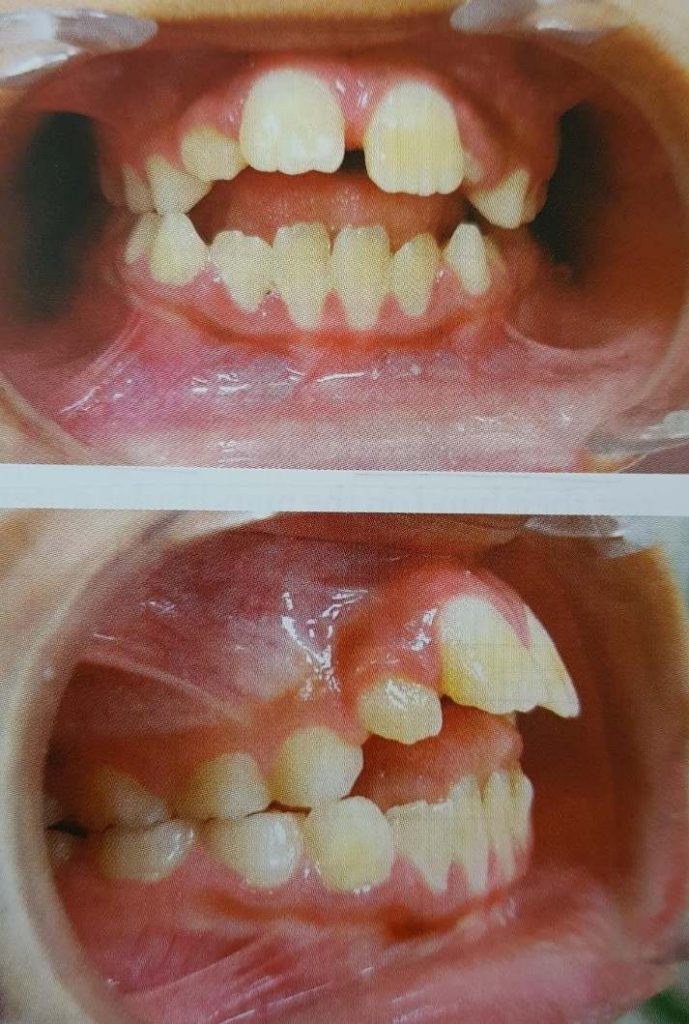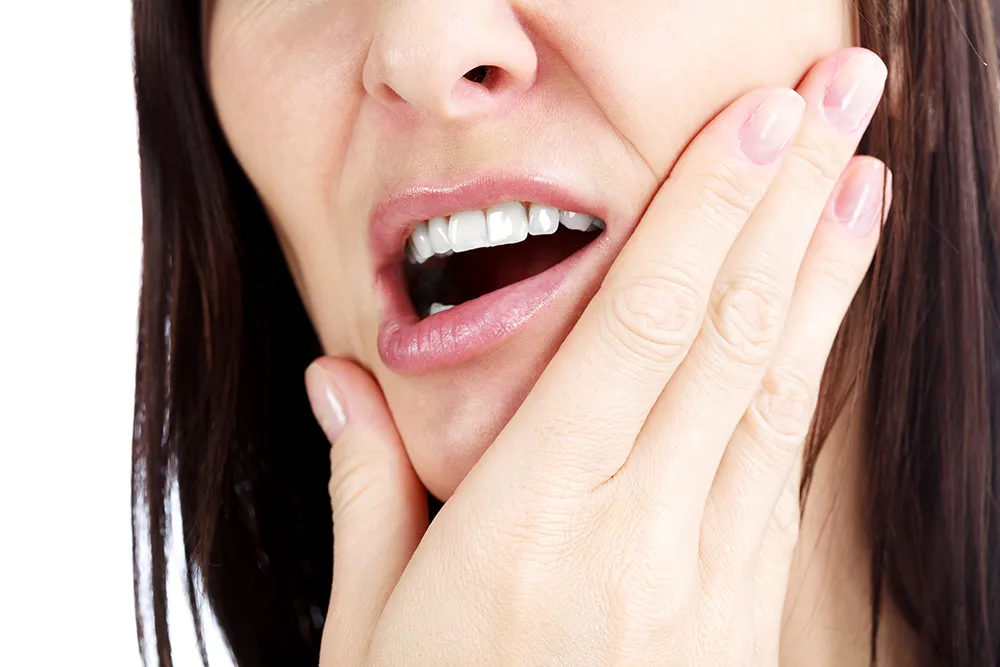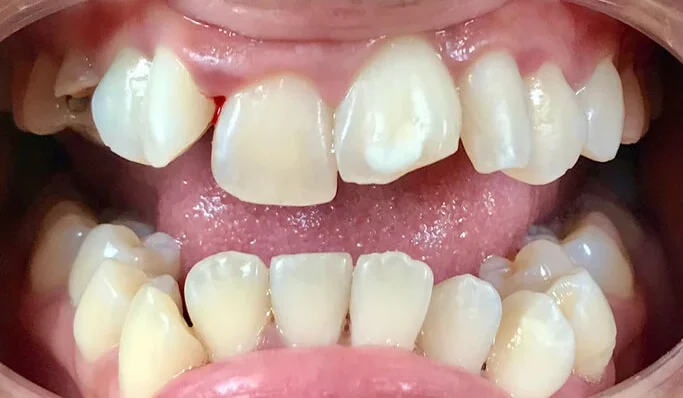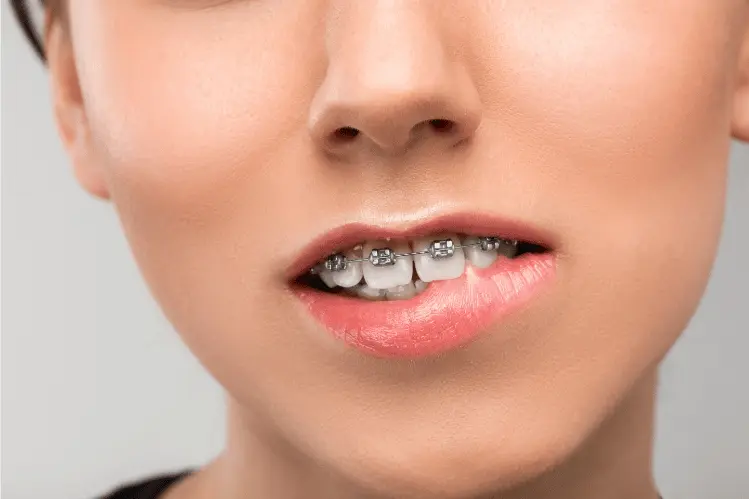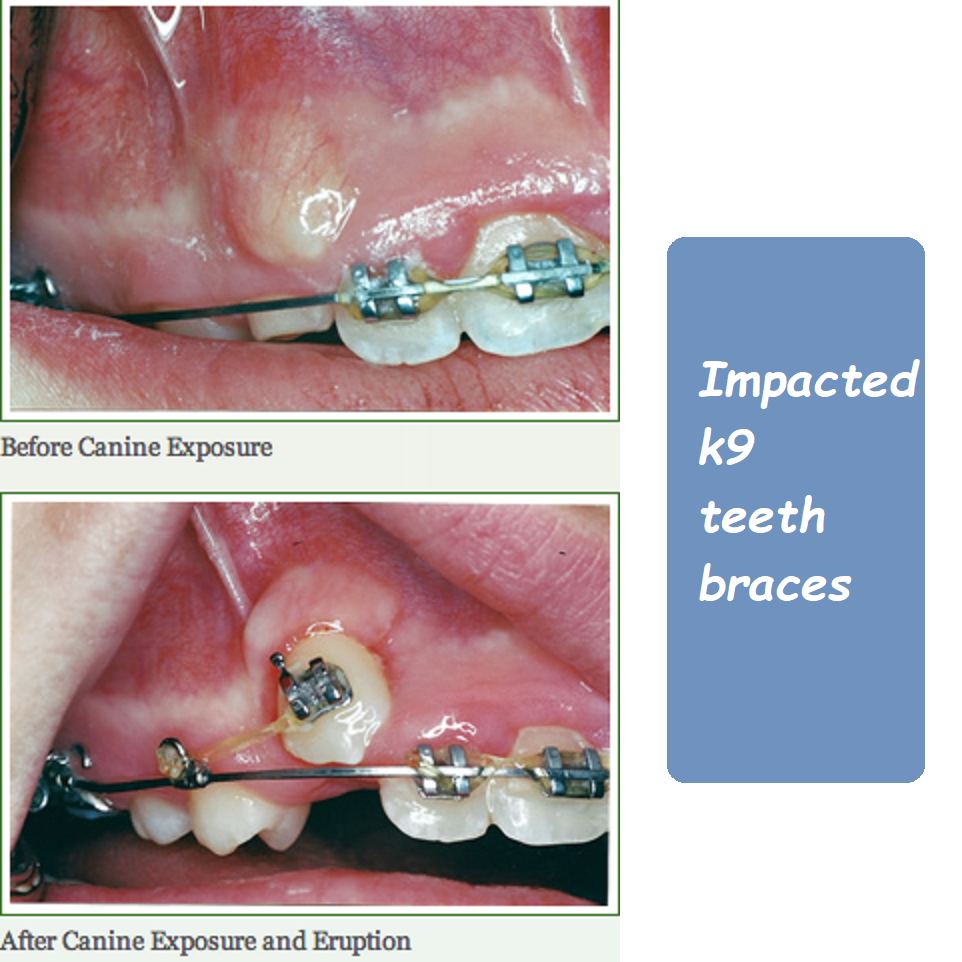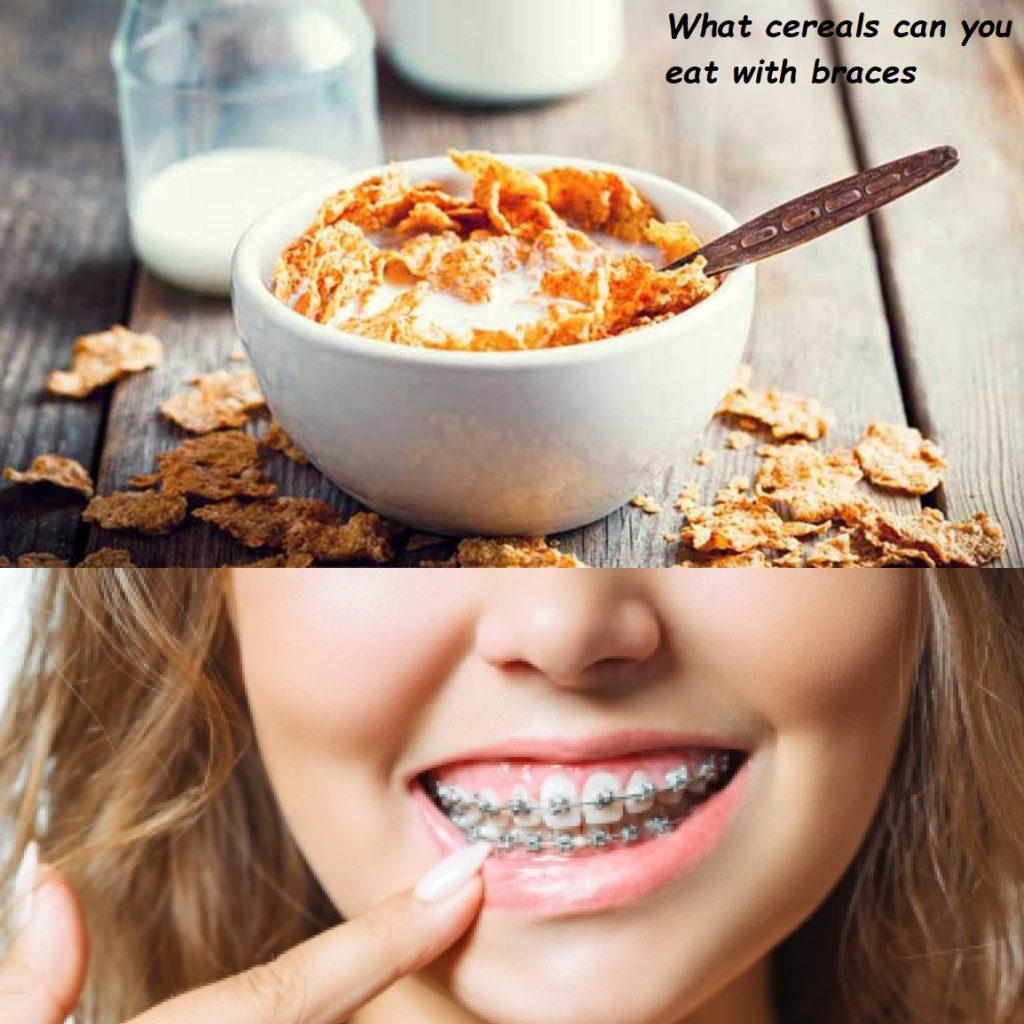How Misaligned Teeth Affect Oral Health: Risks, Solutions, and Prevention

Misaligned teeth are more than just a cosmetic issue; they can have a profound impact on your overall oral health. Whether caused by genetics, childhood habits, or developmental issues, crooked or improperly aligned teeth can lead to a range of complications. In this article, we’ll explore how misaligned teeth affect oral health, the risks involved, and the steps you can take to protect your teeth and gums.
What Are Misaligned Teeth?
Misaligned teeth, also known as malocclusion, refer to teeth that are crooked, crowded, or improperly spaced. This can happen when teeth do not fit together as they should when the mouth is closed. Common types of malocclusion include:
- Overcrowding: Not enough space for all the teeth to fit properly.
- Overbite: Upper teeth overlap the lower teeth too much.
- Underbite: Lower teeth protrude in front of the upper teeth.
- Crossbite: Some upper teeth sit inside the lower teeth.
- Open Bite: Upper and lower teeth do not meet when the mouth is closed.
Related Reading: What Are Buck Teeth? Causes, Symptoms, and Treatment Options
The Impact of Misaligned Teeth on Oral Health
Misaligned teeth can lead to a host of dental problems if not addressed. Here are the most common ways that crooked teeth can affect your oral health:
1. Difficulty in Cleaning and Increased Risk of Tooth Decay
One of the most immediate and common issues caused by misaligned teeth is difficulty in maintaining oral hygiene. Crooked teeth can make it hard to reach certain areas with a toothbrush or floss, leading to:
- Plaque buildup: Misaligned teeth can create spaces where plaque builds up, especially in areas that are difficult to clean.
- Tooth decay: Over time, the plaque can turn into tartar, which harbors harmful bacteria that cause cavities.
Solution: Proper alignment through orthodontic treatments like braces or Invisalign makes cleaning easier and reduces the risk of tooth decay.
2. Gum Disease (Periodontal Disease)
Misaligned teeth can also lead to gum disease. When teeth are not aligned correctly, they can put extra stress on the gums, making them more prone to inflammation. This can eventually lead to gingivitis and later periodontitis (a more severe form of gum disease).
How Misaligned Teeth Increase the Risk of Gum Disease:
- Crooked teeth may create pockets where bacteria thrive.
- Difficulty in flossing can lead to plaque accumulation around the gums, causing inflammation.
- Overcrowding of teeth may prevent gums from properly fitting around each tooth, making them more susceptible to infection.
Solution: Orthodontic treatments can help align teeth properly, reducing stress on the gums and lowering the risk of periodontal disease.
3. Increased Wear and Tear on Teeth
Misaligned teeth don’t fit together properly when you bite down, which can lead to uneven wear on your teeth. Over time, this can cause:
- Chipping or fractures: Teeth that are misaligned may rub against each other, causing cracks or chips.
- Tooth sensitivity: Excessive wear can expose the dentin (the layer beneath the enamel), leading to increased sensitivity to hot or cold temperatures.
- Temporomandibular Joint (TMJ) Disorder: Misaligned teeth can cause improper jaw function, leading to jaw pain, headaches, and TMJ issues.
Solution: Correcting the alignment of your teeth can help distribute the bite forces evenly across your teeth, reducing wear and the risk of TMJ disorder.
4. Speech Difficulties
Teeth play a critical role in speech. Misaligned teeth can cause speech difficulties, such as lisping or difficulty pronouncing certain words. This is especially true for conditions like an open bite, where the upper and lower teeth don’t meet properly.
How Misalignment Affects Speech:
- Overbites and underbites can lead to speech impediments, particularly in the pronunciation of sounds like “S” and “T.”
- Gaps or overcrowding can cause air to escape when speaking, affecting clarity.
Solution: Orthodontic treatment can correct the alignment of teeth, improving speech patterns and clarity.
5. Bad Breath (Halitosis)
Misaligned teeth can contribute to chronic bad breath (halitosis). When teeth are crooked or crowded, food particles can get trapped in hard-to-reach areas, and bacteria can accumulate in these spaces, leading to bad breath.
Solution: Properly aligned teeth are easier to clean, which helps in reducing the buildup of bacteria responsible for bad breath.
6. Jaw Pain and TMJ Disorders
A misaligned bite can cause undue stress on your jaw joints, leading to Temporomandibular Joint (TMJ) Disorders. This condition is characterized by pain in the jaw joint and muscles, and it can result in:
- Jaw clicking or popping: When opening or closing your mouth.
- Chronic jaw pain: Stemming from the misalignment of your bite.
- Headaches and ear pain: Misalignment of the jaw can cause tension that radiates to the head and ears.
Solution: Correcting the bite alignment through orthodontic treatment can alleviate TMJ-related pain and prevent further complications.
Treating Misaligned Teeth
The good news is that misaligned teeth are treatable. Orthodontic solutions vary depending on the severity of the condition and your personal preferences. Here are the most common treatments:
1. Braces
Traditional metal braces are still one of the most effective solutions for misaligned teeth. Brackets and wires are attached to the teeth, gradually moving them into proper alignment.
2. Invisalign
Invisalign uses a series of clear, removable aligners to straighten teeth. It’s a popular option for those seeking a more discreet treatment method.
3. Retainers
In milder cases, retainers may be used to correct minor misalignment or to keep teeth in place after other treatments.
4. Orthognathic Surgery
In cases where the misalignment is due to jaw structure, surgical intervention may be necessary to correct the underlying issue.
Read Next: How to Fix Buck Teeth: A Complete Guide
Preventing Misaligned Teeth
While some causes of misalignment, like genetics, can’t be prevented, there are steps you can take to minimize your risk of developing crooked teeth:
- Good Oral Hygiene: Teach children proper brushing and flossing techniques to avoid tooth decay that can lead to shifting teeth.
- Early Intervention: Orthodontists recommend that children have an evaluation by age 7. Early treatment can prevent severe misalignment later in life.
- Breaking Bad Habits: Discourage thumb-sucking, tongue thrusting, and prolonged pacifier use in young children, as these habits can contribute to malocclusion.
Conclusion: Why You Shouldn’t Ignore Misaligned Teeth
Misaligned teeth may seem like a minor cosmetic issue, but they can have significant long-term effects on your oral health. From increasing your risk of gum disease to causing jaw pain, crooked teeth can lead to various dental problems if not treated. Fortunately, modern orthodontic treatments provide effective solutions for straightening teeth and improving overall oral health.
If you think your teeth are misaligned, consider visiting an orthodontist for an evaluation. A healthier, straighter smile is not only more attractive but also better for your long-term dental health.
References:
- American Association of Orthodontists. (n.d.). “The Impact of Malocclusion on Oral Health.”
- National Institutes of Health. (2021). “Gum Disease and Misaligned Teeth.”
- Journal of Oral Health and Dentistry. (2020). “Orthodontic Treatment: Improving Oral Health Outcomes.”

